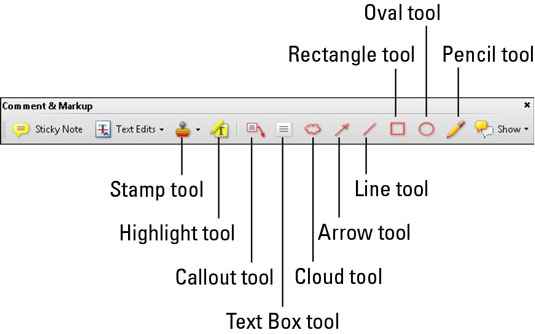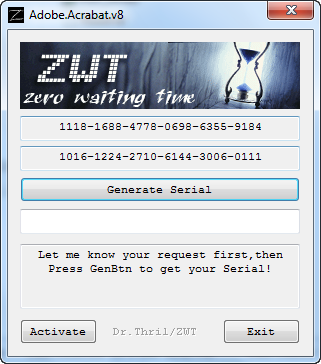


To change it, right-click on the box’s edge (highlighting the box first if necessary) and choose Properties from the context menu. For our purposes we don’t want any border surrounding the text box. The default style for the Text Box frame is a one-point red stroke, which would make sense if this were an actual comment we wanted a reviewer to notice. The frame itself highlights, meaning you can drag the frame around on the page or drag one of its handles to resize it. To adjust the box’s position, click on it with the Text Box or Hand tool.
#Adobe reader 7.00 how to
The initial look of the text and the box itself is probably not what you want, but I’ll tell you how they’re easily changed, and how to set your own default appearance for it. The text wraps as soon as the cursor hits the edge of the frame. Release the mouse button and the text insertion cursor is blinking inside it, ready for you to start typing. Select the Text Box icon in the Comments & Markup toolbar and use it to drag out a box (a text frame) on the page, just as you would in a page-layout program. (Like all comments, though, you can choose to Hide it, which might come in handy.) Unlike most of the other comment tools, text you enter in a Text Box remains visible all the time it doesn’t close up to an icon like a pop-up note. It’s part of the Comment group, so go to View > Toolbars > Comments & Markup to access it.
#Adobe reader 7.00 pdf
The next time you need to add text to a PDF in Acrobat Pro, try the Text Box tool. You can change the text’s size, line spacing, and style with the Properties toolbar (Command/Ctrl-E), but there’s no way to change the typeface itself.

The text you type won’t automatically wrap to the next line, for example - you have to hit the Return/Enter key to stop your text from continuing out past the page edge.Īlso, you’re limited to your system’s default font. The problem is that the Typewriter tool is clunky. Click on the Typewriter icon in the toolbar and you can click anywhere on a PDF page and start typing. You can access it in Acrobat 7-9 by opening the Typewriter tool bar (View > Toolbars > Typewriter) or from the Tools menu. Many people would say the Typewriter tool, and that’s a good answer. The original file that was exported to PDF isn’t available all you have is the PDF itself. Let’s say you’re in Acrobat and you need to add text to a PDF, maybe in the margin or under an image or to fill out a static form field, and you want that text to appear in printouts, just like the rest of the text. Based on articles originally published in the DesignGeek e-zine.


 0 kommentar(er)
0 kommentar(er)
